Leyak of Balinese Folklore
Horrific flying heads haunting Balinese nights.
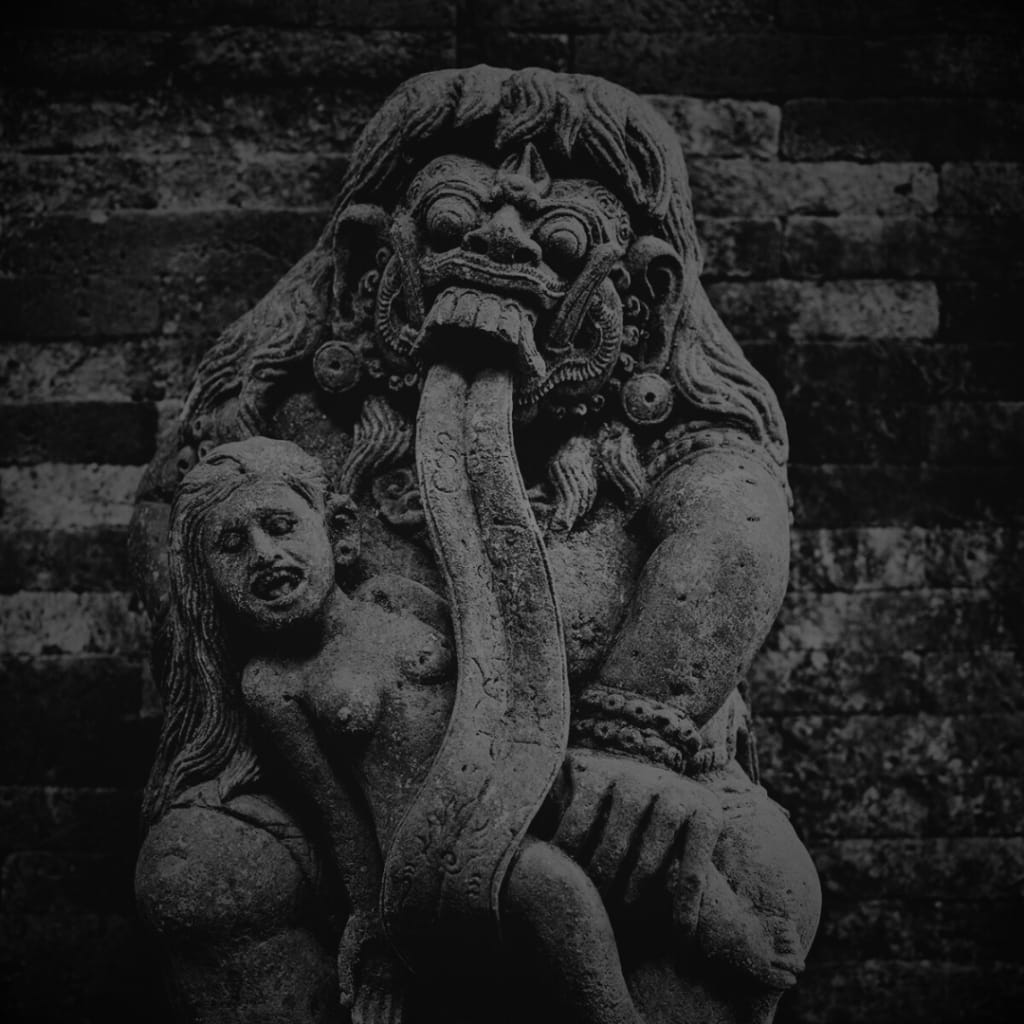
There's an intriguing and unsettling monster from Balinese folklore called a Leyak. Leyak aren't the typical type of creatures that inspire fascination; instead, they're more likely to cause nightmares just from learning about them. Even a simple physical description is enough to make many people's stomachs flip. A Leyak might be living right next door to you, and you would have no idea. This means that learning some of the chilling lore around the Leyak could just save your life one day or, at the very least, make you glance over your shoulder a little more often.
A Little About Bali
Bali is an island belonging to the island country of Indonesia. I realize that I said island twice there, and I'm going to say it more because, well, there are a lot of islands in Indonesia, each with its own distinct mix of natural beauty and complex cultural landscape.
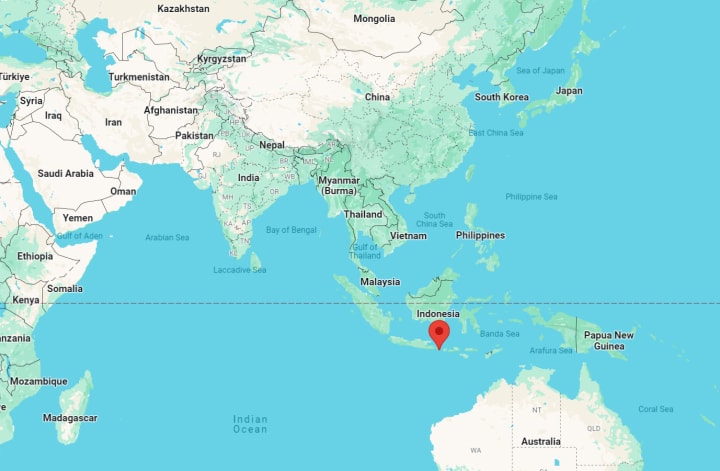
Located east of Java and west of Lombok, Bali is one of over 17,000 islands in the Indonesian archipelago. In Bali, you'll find volcanic mountains, lush rice paddies, and pristine beaches.

The history of Bali is a blend of the indigenous Balinese people influenced by early Hindu and Buddhist settlers, followed by Dutch colonialism. Several incursions from the Dutch in the late 1800s and early 1900s prompted the Balinese people to perform a ritual mass suicide called Puputan, killing themselves instead of surrendering. Dark events like those have been fairly common throughout history with colonialism.
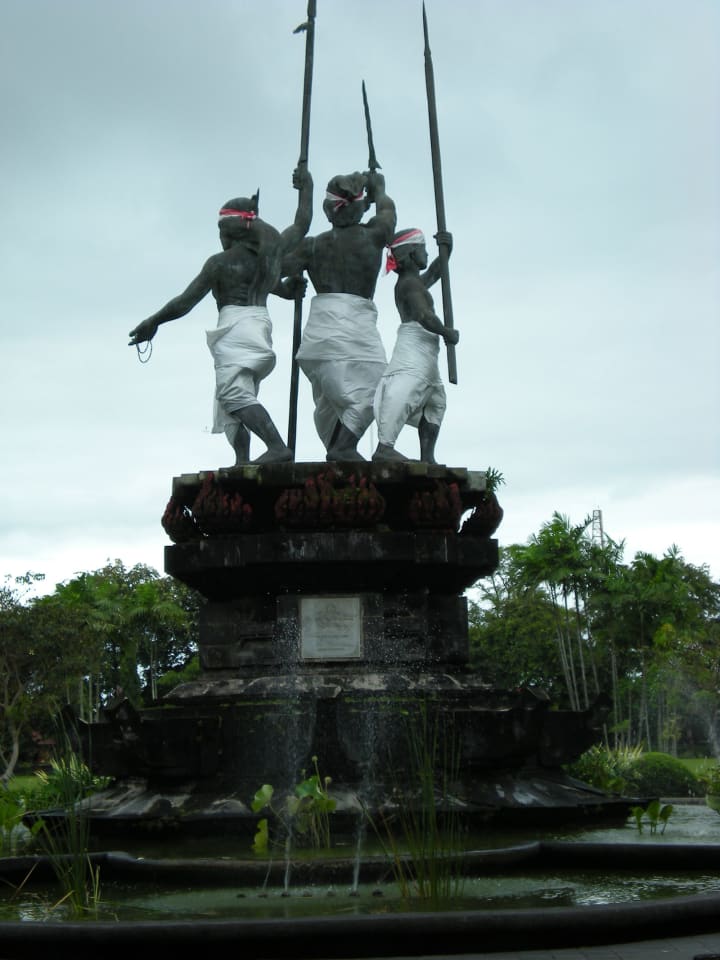
The Balinese language is spoken by about 3.3 million people, mainly in Bali and the surrounding islands. There are a range of local dialects, and while the Indonesian language is more prevalent, there are some areas where using Balinese is more common, such as local cultural practices. Efforts are ongoing to preserve the language amid modernization.
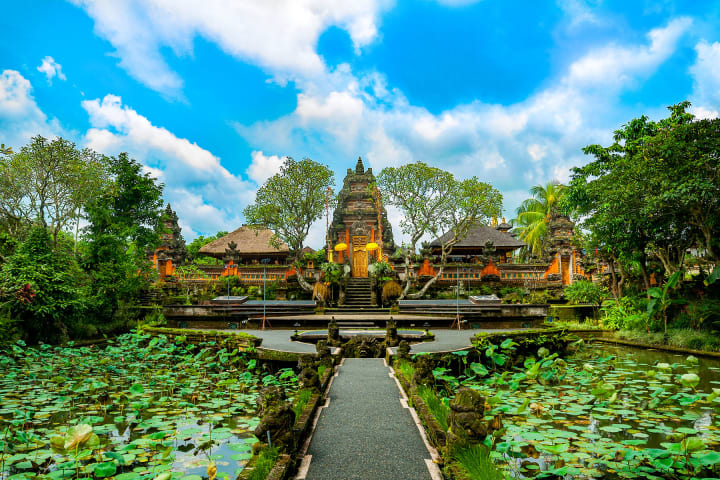
Stories from Balinese mythology and folklore are captivating and often feature beings that seem to represent the interplay of good and evil, all with a uniquely Balinese perspective. The Leyak, as we'll see, offers a window into Bali's culture, where Balinese history and culture converge to form a stunning range of legends.
What is a Leyak?
You already know since you're reading this that there's going to be something dark, sinister, and dangerous about Leyak because, well, I'm writing about them. So, first thing's first: it's worse than you think because there are actually three Leyak, two females and one male.
All three are (or were...) humans who practice black magic. Leyak are said to be able to shapeshift into animals or take human form to blend in with us by day. Your friend, neighbor, family, someone you randomly happen across—any of these could be Leyak, and you would have no idea. With all of the shapes they can take, they seem to prefer one over the others, especially when they are out at night terrorizing people and hunting for food.
Imagine that the sun set a few minutes ago, and you head out into the evening air. You turn a corner and almost bump straight into someone. You lift your hands to start an apology, and you feel your fingertips run cold as you realize that instead of a human standing before you, it's a disfigured floating human head. Where the neck should be are entrails and organs, dripping blood onto the ground. You stumble, trying to step back and see that its teeth are sharp fangs, and its tongue slides out of its mouth, stretching an arm's length toward you.
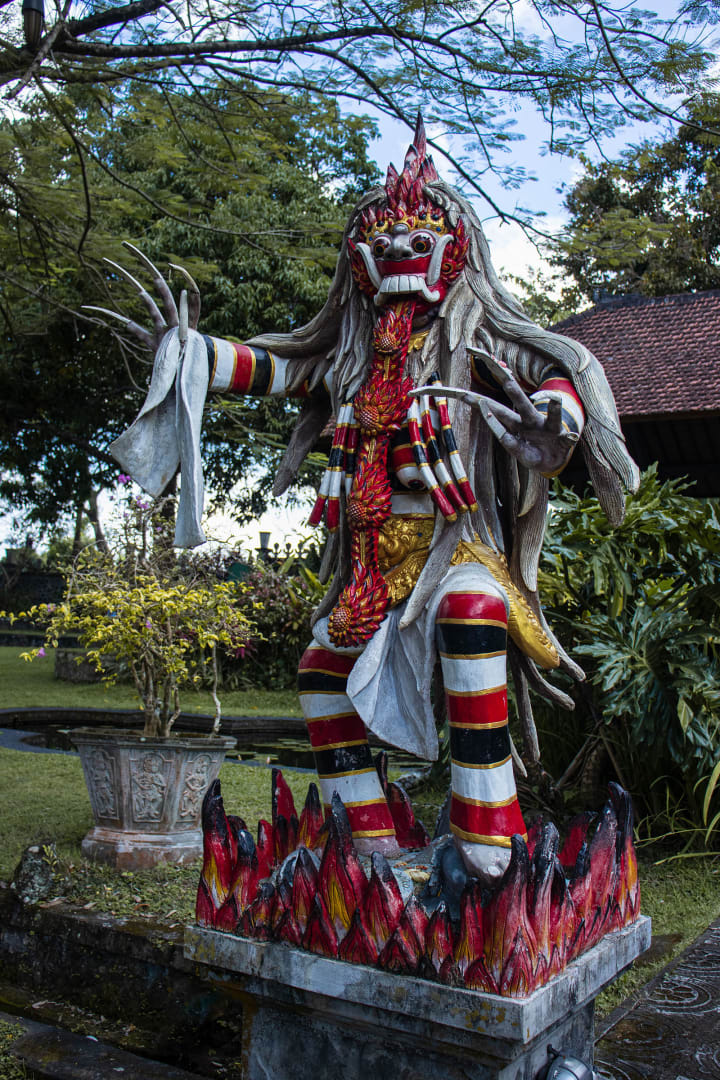
It begins floating closer, its eyes locked on you with a horrible hunger. You know exactly what it wants; you can feel its intent in the electric buzz in your skin as the hair on the back of your neck stands on end. It hungers. And you? You are food.
A shuffling nearby catches your attention. Your eyes snap to the noise coming from only a few feet away. You open your mouth to scream and see that there are two women: one pregnant and another with a newborn. Two of your neighbors. The women look from you to the Leyak, mouths agape.
The Leyak sneers, exposing more razor fangs. It lazily turns to face the women. It creeps toward the women, entrails painting a slick trail of blood as it moves. The Leyak has forgotten you, as it has found food more to its liking: a pregnant woman and a newborn. A delicacy.
Congratulations.
You are alive.
But...not for long.
The Leyak may be rounding up its main course to savor later and might come for you as an appetizer.
Rangda, Queen of Witches
In Balinese stories, there is a queen of witches known as Rangda. Rangda and Leyak usually come up together because the Leyak are under the influence of Rangda. Not only that, but Rangda is somewhat of a central figure within the realm of supernatural entities, contrasting with her archnemesis, Barong. Barong is the king of spirits, resembles a panther, and is said to symbolize all things good. Rangda and Barong are locked in an eternal battle, embodying the perpetual struggle between good and evil. Rangda and Barong are often showcased in traditional Balinese dances and ceremonies.
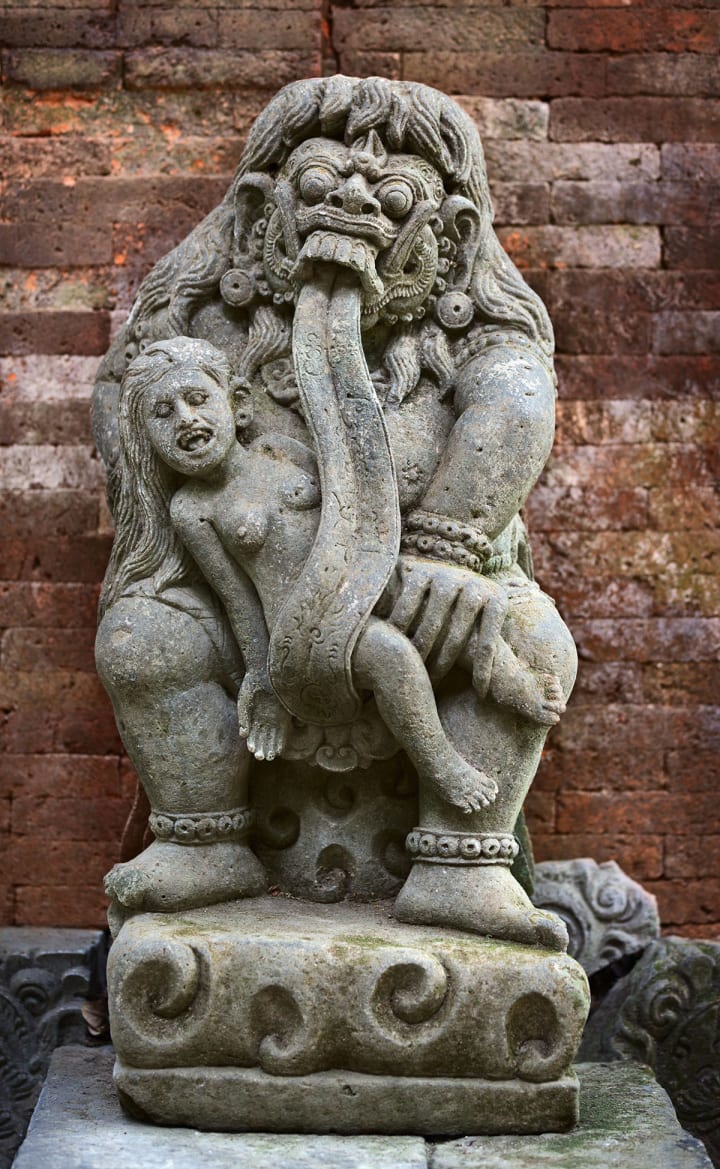
Rangda's physical appearance could be called nightmarish, with a long tongue, fang-like teeth, and bulging eyes. Her hair is wild, adding somewhat of a fearsome mane-look, and she has claw-like fingernails and garments made of fire. Obviously not someone you'd want to encounter.
One key thing to remember: We've just scratched the surface of Leyak and Rangda, but many other creatures from Balinese folklore would love to terrorize you, each with its own horrifying legend. And that's just from the single island of Bali, one of the over 17,000 islands in Indonesia. Imagine just how many things are out there, waiting for the opportunity to devour you.
Relevant & Related
- Intrigued by Rangda? It's not a horror film, but check out Chhota Bheem and the Throne of Bali, which features Rangda as the main antagonist.
- Want to learn more about Indonesian folklore and Rangda? Try the book Rangda: The Legendary Goddess of Bali by Brandon Spars and Clara Spars.
- An Indonesian horror film called Mystics in Bali was released in 1981, and it borrowed heavily from Leyak folklore.
- Looking for more Indonesian horror films? There have been quite a few notable releases of those. If you don't know where to start, I'd recommend checking out Impetigore and May the Devil Take You. And probably Satan's Slaves—the highest-grossing Indonesian film of 2017.
You might enjoy these other articles:
- Jenglot of Indonesian Folklore
- Ulama of Sri Lankan Folklore
- Langsuyar of Malaysian Folklore
- Dayan of Indian Folklore
- Nale Ba of Bengaluru, Karnataka, India
~
Originally published in my newsletter, Into Horror History - every other week, I explore the history and lore of horror, from influential creators to obscure events. Cryptids, ghosts, folklore, books, music, movies, strange phenomena, urban legends, psychology, and creepy mysteries.
About the Creator
J.A. Hernandez
J.A. Hernandez enjoys horror, playing with cats, and hiding indoors away from the sun. Also, books. So many books—you wouldn't believe.
He runs a weekly newsletter called Into Horror History and writes fiction.
https://www.jahernandez.com


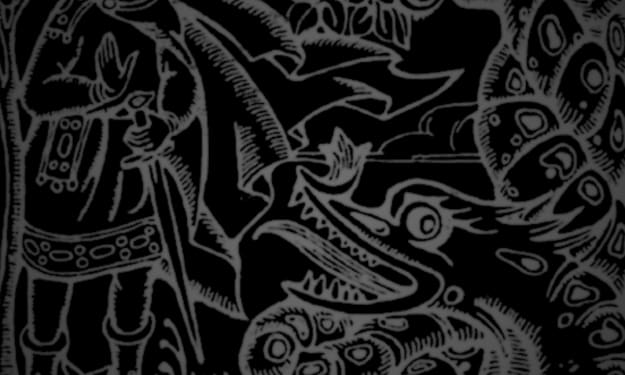



Comments
There are no comments for this story
Be the first to respond and start the conversation.